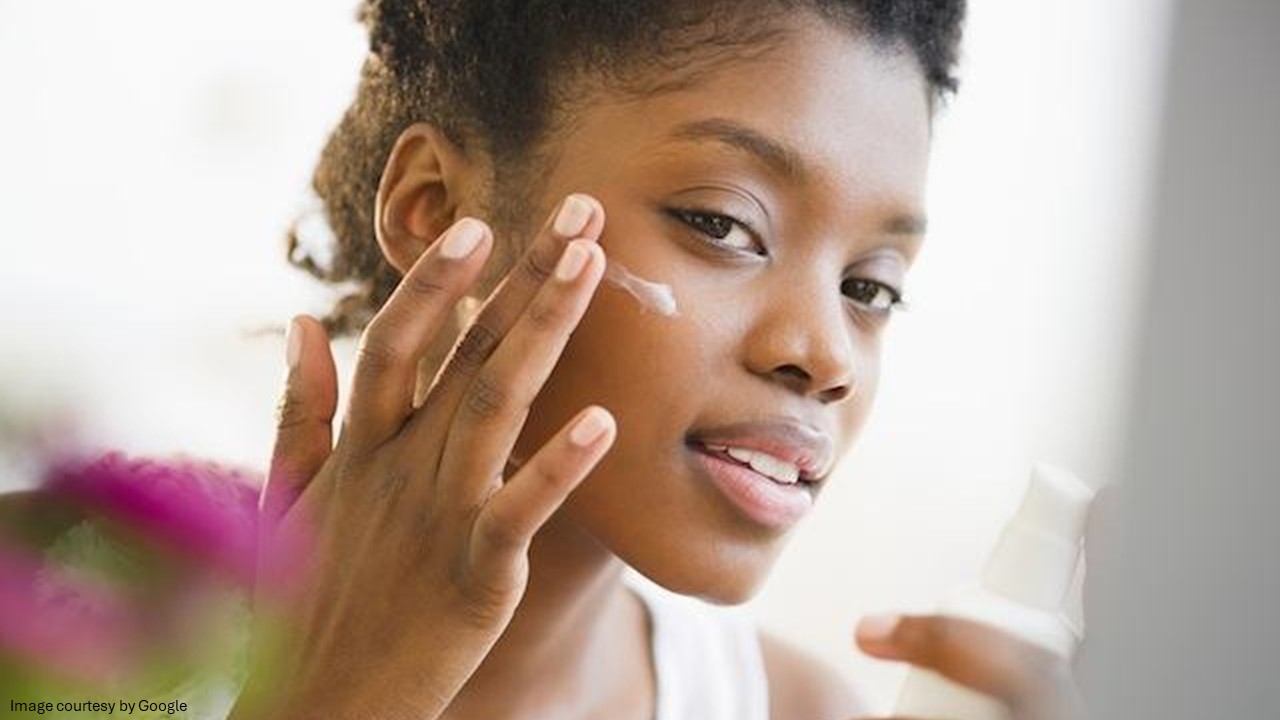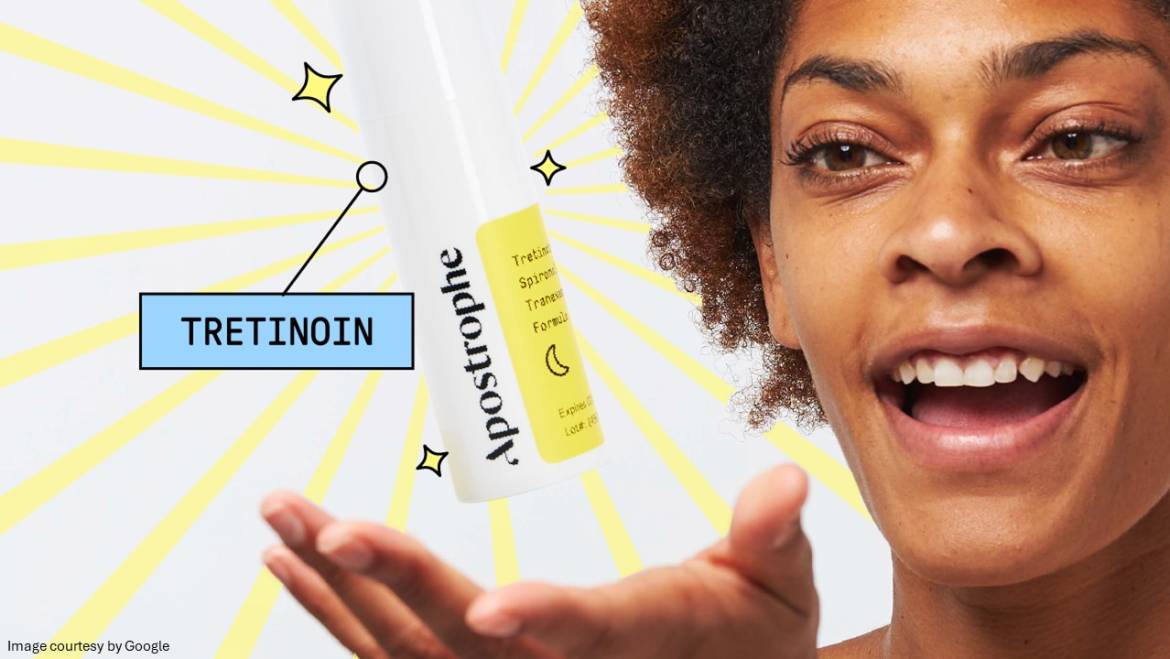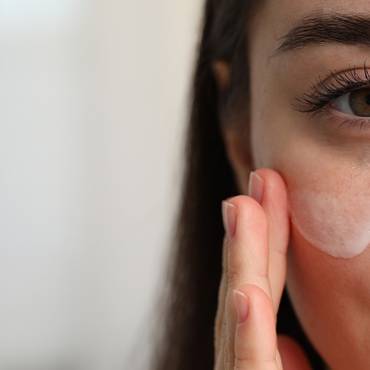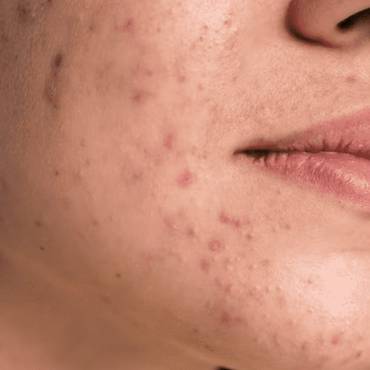From acne to aging, tretinoin cream is clinically tested to improve acne-prone skin. Our guide will help you know more about tretinoin cream do’s and don’ts and explain how to use tretinoin cream to maximize your skin results.
What is tretinoin cream, and the effectiveness of tretinoin
Topical administration of tretinoin has proved extremely effective in treating symptoms of photodamaged skin. This topical product reduces acne, fine wrinkles, and skin roughness, producing significant changes such as skin thickening and decreased melanin content. Smaller changes were noticed at lower tretinoin concentrations (tretinoin cream 0.025). Continued use of tretinoin cream for another six months, 0.05, produced additional clinical improvement. After twelve months of treatment, there were additional signs of tissue normalization, including deposition of new collagen and other changes that presumably relate directly to tretinoin’s mode of action.
All research studies done up to date have demonstrated the effectiveness of topical tretinoin in partially reversing photodamage.
Tretinoin 0.025 cream and 0.05 have been shown to have beneficial effects in treating hyperpigmented lesions of various types, such as those related to photodamage and those caused by inflammation or melasma. You can also check the before and after results of tretinoin cream online to ensure its efficacy.
Skin benefits of tretinoin
When searching for a therapy to help enhance the appearance of your skin, tretinoin formulation may be your answer. Tretinoin cream uses include acne vulgaris, reduce dark spots, and reduce the visible appearance of aging, including fine lines and wrinkles. It can treat acne and boost collagen production, making it clearer, brighter, smoother skin.
Tips on using tretinoin skincare treatment
Here are some tips for easing tretinoin 0.1 cream and 0.05 into your daily skincare regimen. It is important to follow your healthcare provider’s instructions and seek their help if you have questions related to the treatment or need advice.
Do’s
-
- Cleanse and wait for 10 to 20 minutes before applying tretinoin cream
Firstly, cleanse your face with a quality mild cleanser specifically developed for your skin type. Pat your skin dry and wait 10 to 20 minutes before applying the tretinoin formulation.
- Cleanse and wait for 10 to 20 minutes before applying tretinoin cream
-
- Begin with a small application and increase slowly
When you start the treatment, you may begin with a lower percentage that you use twice or thrice a week. After fourteen days, if your skin adjusts well to this topical formulation, you can consider increasing its usage to every night as tolerated. Before switching to an increased application, check with your dermatologist first.
- Begin with a small application and increase slowly
-
- Ensure appropriate usage of tretinoin for maximum results.
Stick to your dermatologist’s advice to get the most out of this effective therapy. Typically, the cream is applied to clean and dry skin. Always keep in mind that a little bit goes a long way. Most people require just a pea-sized amount of cream for their face and neck.
- Ensure appropriate usage of tretinoin for maximum results.
-
- Incorporate tretinoin into your nightcare regimen.
You may always advise using tretinoin formulation at night because the sun’s ultraviolet rays can make it less effective. Applying tretinoin formulation at night offers maximum benefits to your skin cells, not only because it helps to avoid the reaction with sunlight but also because the skin’s permeability increases during nighttime.
- Incorporate tretinoin into your nightcare regimen.
-
- Integrate it with your other skincare products.
Complement your skincare routine by incorporating other products in your morning routine to help you achieve your desired skincare goals. Examples include a vitamin C serum for anti-aging properties or hyaluronic acid for its hydrating benefits. If you suffer from severe acne, your dermatologist may prescribe other active ingredients to help deal with your skin concerns from multiple angles.
- Integrate it with your other skincare products.
-
- In case of irritation, buffer with moisturizer
Tretinoin cream 0.05 may give rise to irritation and dryness as you gradually adjust to the medicine. You can protect your skin with a layer of moisturizer before applying tretinoin cream. This generally doesn’t reduce the effectiveness of the medicine but can help to soothe and moisturize the skin.
- In case of irritation, buffer with moisturizer
-
- Reduce your percentage if required.
You might think that more is better, but this is true with tretinoin. If you need more time and less medicine, consider speaking to your dermatologist about reducing the percentage. Symptoms include increasing redness, peeling, and scaling. If tretinoin formulation is appropriate for you, a healthcare provider can prescribe a personalized formula based on your preferences and previous experience with retinoid formulations and adjust the strength if required.
- Reduce your percentage if required.

Don’ts
-
- Never apply tretinoin on damp skin because it can absorb quickly and contribute to skin irritation.
- Do not over-apply or mix tretinoin with other drying formulations. Instead, try using your other products in the morning and tretinoin at night.
- Do not wash the treated skin with tretinoin for at least an hour after applying it.
- Avoid topical medicinal products in the same area within an hour before or after using the tretinoin formulation. Otherwise, tretinoin may not work properly, or skin irritation may occur.
- Stop using harsh skincare products. Tretinoin is a powerful anti-acne and anti-aging formulation. Combining this prescription-strength product with other harsh chemicals, such as exfoliating acids, may trigger severe skin irritation enough that you must stop this anti-acne treatment until your skin heals. In some cases, dryness or light peeling may occur.
- Avoid overexposing the treated areas to sunlight, cold, or wind weather. Your skin will be more prone to sunburn, dryness, or irritation, especially during the initial two or three weeks.
- Be patient, and don’t quit too soon. Everyone dreams that the results will appear within days, but unfortunately, they don’t. It is important to be patient and wait for at least twelve weeks to see how tretinoin can cause a significant reduction in the appearance of acne scars. If you quit too soon, you will never know if Tretinoin crea,m may have been the answer you were looking for.
Tretinoin side effects
Some may experience Tretinoin cream side effects, including an initial breakout when they begin using tretinoin, often called purging. This can be quite common. However, some may not experience it. Over time, the skin will begin to improve. Remember that the condition is temporary. Contact your dermatologist for specific advice to help if you experience this.
Other potential adverse effects include redness, peeling, and sensitivity to the skin. Follow your dermatologist’s advice so your skincare is more comfortable.
admin
Latest posts by admin (see all)
- What is Triluma Cream? Uses, Benefits, and How It Works for Skin - December 26, 2024
- What Causes Dark Spots? Understanding the Science of Hyperpigmentation and How Skin Lightening Products Help - December 26, 2024
- Tretinoin Gel vs. Cream: Which Formulation is Right for Your Skin? - December 20, 2024



